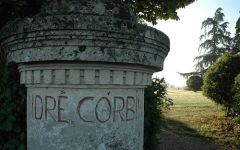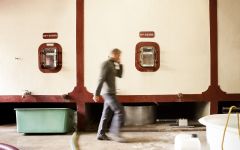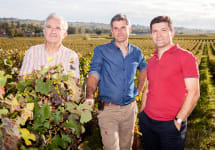Chateau Saint-Andre Corbin 2004


Product Details
Your Rating
Somm Note
Winemaker Notes
Other Vintages
2021-
Wine
Enthusiast -
Wilfred
Wong
-
Wine
Enthusiast -
James
Suckling
-
James
Suckling -
Wine
Enthusiast -
Wilfred
Wong
-
James
Suckling -
Wine
Enthusiast -
Wilfred
Wong
-
Wine
Enthusiast
-
Wine
Enthusiast -
James
Suckling







Château Saint Andre Corbin is located in Bordeaux’s smallest appellation just north of the village of Saint Emilion. Both the estate and vineyards date to the Gallo-Roman time. Letters from the Roman Consul and poet Ausonius to Rome indicate that wine from this estate was served at Julius Cesar’s table in the 4th century. Archaeological evidence suggests that the current château is built over the original Ausonius Villa (The famous Château Ausone did not exist prior to the 18th Century). Extensive archaeological excavations at Château Saint Andre Corbin have resulted in spectacular discoveries, including an intact Venus, which is in the Museum of Aquitaine in Bordeaux, and an intact Diana, which now resides in the Louvre Museum in Paris.
The property is owned by the dynamic Saby family who have been making wine on the right bank for 9 generations. Today, brothers Jean-Philippe and Jean-Christophe Saby, both of whom are experienced oenologists and agricultural engineers, own and manage the estate as well as numerous ones in the St. Emilion region of Bordeaux.
